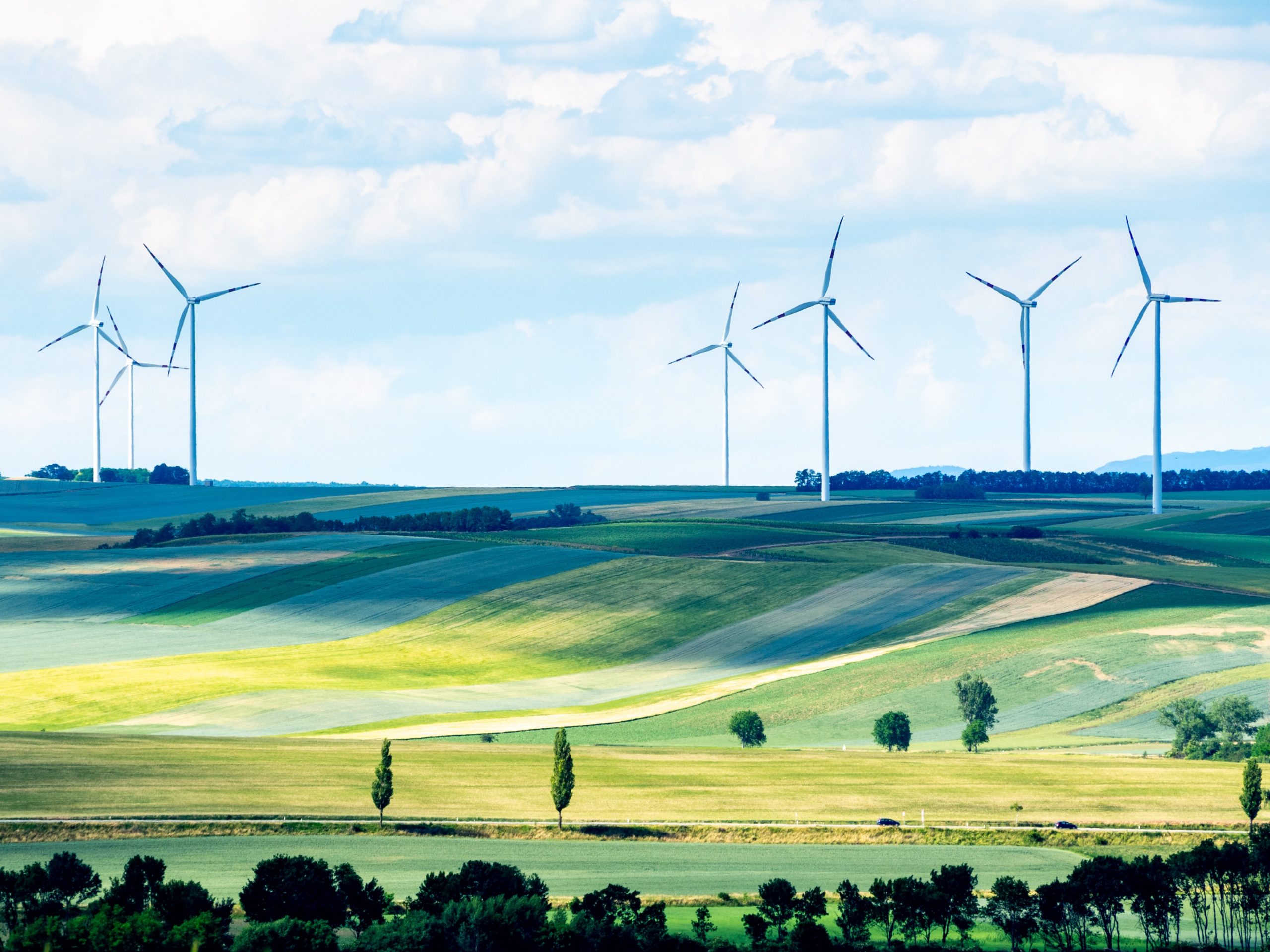A focus on biodiversity-friendly renewable energy becomes a priority in Ireland

There are scientific reports that show we need to radically transform our energy systems in order to reduce greenhouse gas emissions. Ireland’s climate action plan intends to increase renewables from a current level of 30% to 70% by 2030. This increase includes rising wind turbine production, solar panels and focusing on biofuel crops. Onshore wind, solar and biofuels will become a critical part of land use like agriculture, forestry and habitat protection.
While combining land uses is possible for onshore wind, where turbines take up a small proportion of the land where developed, solar and biofuels are more intensive in terms of land use, leaving little space for biodiversity. Aside from focusing on solutions for energy challenges, we are also experiencing a biodiversity emergency. Studies suggest that up to 85% of protected habitats are in poor condition and a recent EPA report indicates that over 40% of rivers in Ireland have less than adequate biological quality. The question is how to increase our renewable energy capacity while simultaneously protecting and restoring our biodiversity?
Climate change is a considerable threat to biodiversity, and continuing to rely on fossil fuels with significant impacts on nature cannot be an option anymore. Reducing our electricity requirements via energy-saving technology and adopting new behaviours will help, but the volume of electrification required in transport and industry will inevitably lead to an increase.
There is a need to develop biodiversity-friendly renewables by prioritising renewable energy that is least damaging and ensure infrastructure development performs in a way that protects and enhances biodiversity.
Biodiversity-focused renewable energy begins in the planning stages. Areas that impact our biodiversity can be managed effectively using sensitivity mapping techniques like those implemented by BirdWatch Ireland. Choosing the right location for onshore wind farms can avoid potential impacts on sensitive species.
The construction phases for infrastructure-based renewable development can impact habitats, resulting in displacement and species loss. This construction phase can be particularly damaging if it spans a large area or happens at a sensitive time, such as periods of breeding or feeding.
Developing infrastructure like roads and suitable access areas can fragment landscapes over which animals and plant seeds move. In some instances, these impacts are unavoidable, but they can be reduced by applying temporary infrastructure at correct times and managing the impacts after completing construction.
Managing Ongoing Impacts
There can be continued impacts on biodiversity due to inadequate site management and pollution. Good planning and appropriate site management can control some of these impacts, and suitable monitoring can determine a particular time when infrastructure can protect more at-risk species.
There are benefits for both renewables and biodiversity, particularly concerning onshore wind if developed outside of sensitive locations. Ongoing management of turbines can protect fish environments from over-harvesting by minimising fisheries within the wind-farm boundaries.
The addition of healthy fish populations surrounding the wind farm reserves can be beneficial to the fishing industry. Aquaculture for seaweed and shellfish can co-locate within offshore wind sites.
Integrated land and sea use planning are necessary to manage the rising competition for land and sea use and achieve the lowest impact, enhancing biodiversity and increasing the use of renewable energy.
All News
